Explore the Celtic tradition of Lughnasadh, a harvest festival that has been around for a long time, and learn about its history, customs, and more.
We will look at its symbols, traditions, and recipes, as well as where it came from in the past.
As a bonus, we will also talk about how this festival has changed over time and suggest some ways that you can take part in this ancient tradition.
This article may contain affiliate links. If you click on one of them, we might receive a small commission (at no extra cost to you). Thanks for your support to help us keep this site running!
Table of Contents
- 1 What is Lughnasadh?
- 2 How do you pronounce Lughnasadh?
- 3 When is Lughnasadh?
- 4 Lughnasadh Meaning
- 5 Lughnasadh Spelling
- 6 Lughnasadh Origin
- 7 Lughnasadh Symbols: Emblems of Harvest and Transformation
- 8 Lughnasadh Traditions and Rituals
- 9 Happy Lughnasadh – Pagan Lughnasadh Blessings
- 10 How to celebrate Lughnasadh?
- 11 Lughnasadh Colors
- 12 Lughnasadh God
- 13 Lughnasadh Foods
- 14 Lughnasadh Recipes
- 15 Discover more about Lughnasadh
- 16 Lughnasadh FAQs
- 17 Lughnasadh for You
What is Lughnasadh?
Lughnasadh (pronounced Loo-nah-sah), or Lammas as it is also sometimes called, is an ancient Gaelic festival that marks the start of the harvest season.
It comes from Irish legends about the God Lugh and his foster mother Tailtiu.
This event remembers the time of year when the first fruits of the harvest were brought in.
It has a long history and shows how close our ancestors were to the natural cycles of the earth.

There are three other ancient festivals, known as cross-quarter festivals, which mark the change in the seasons. These are Imbolc (February 1), Beltane (May 1) and Samhain (November 1).
How do you pronounce Lughnasadh?
This ancient festival may have a name that is hard to say, but do not worry!
It is pronounced Loo-nah-sah. The ‘gh’ is silent, and the first syllable is emphasized.
When is Lughnasadh?
Lughnasadh Northern Hemisphere
Lughnasadh is traditionally celebrated in the Northern Hemisphere on August 1, which is between the summer solstice and the autumn equinox.
But celebrations can last longer if they happen around the full moon or the last Sunday in July, which in Ireland is called “Reek Sunday”.
Lughnasadh Southern Hemisphere
In the Southern Hemisphere, Lughnasadh is celebrated around February 1.
Lughnasadh Meaning
The word “Lughnasadh” comes from the Irish word “Lughnasa,” which means “Lugh’s feast”.
It honors the Celtic God Lugh, who was known for his skills and crafts.
This celebration also honors his foster mother Tailtiu, who, according to Irish mythology, cleared the land in Ireland so that the grain harvest could take place.
Lughnasadh Spelling
Lughnasadh can be written in more than one way.
It is written as “Lùnastal” in Scottish Gaelic, but as “Lúnasa” in Modern Irish.
Lammas is the name of the Christian Holiday that is celebrated to mark the harvest.
This comes from the Old English word “hlaf-maesse”, which means “loaf mass”.
Lughnasadh Origin
Lughnasadh is a Celtic holiday with roots that go back more than 2,000 years.
The festival is named after Lugh, who was a key figure in Celtic mythology.
He was like the heroes of the ancient Olympic Games.
People also thought of Lughnasadh as a time when couples joined hands, as it was called, and started trial marriages, which could last for up to a year and a day.
Lughnasadh Symbols: Emblems of Harvest and Transformation
Symbols are an important part of any holiday or celebration, and Lughnasadh is no different.
The symbols of this time-honored festival serve as a constant reminder of how good nature is and how life goes in a circle.
Grains
Grain, particularly wheat and corn, may be the most important sign of Lughnasadh.
They are the result of many months of growth and represent the essence of the harvest season in the body.
Grain was not just a symbol of the first harvest. It was also one of the things that came from it.
The grain is the payoff for a season of hard work and a promise of food for the colder months ahead.
During the time of the Celts, grain was a key to survival.
It was used to make bread, which was a staple food, and ale, which was a big part of the Celtic way of life.
Because of this, seeing golden grain fields at Lughnasadh time had a deep meaning that can still be felt today.
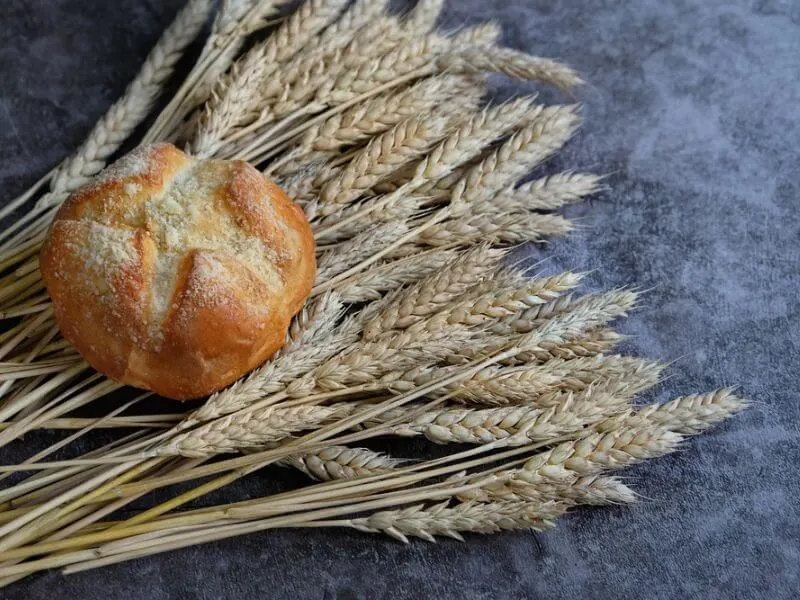
Bread
Bread, being a direct product of the grain harvest, holds a special place in Lughnasadh celebrations.
One of the names for Lughnasadh is “Lammas” which comes from Old English.
During this festival, people make bread to show how raw, harvested grain can be turned into food that keeps people alive.
Sharing this bread with others builds on the sense of community that was important at harvest festivals and still is.
The Sun and Light
Lughnasadh is named after the Celtic God Lugh, who is a god of the sun and light.
(The name Lú or Lugh is associated with brightness and light, which is why he has been associated with the sun since at least Victorian times. This is still debated though among scholars.)
The sun and light are important symbols of this first harvest festival.
They are a sign of summer’s longer days, which make it possible for crops to grow and mature.
Since Lughnasadh is also the time when summer ends and fall begins, the sun and light can be seen as symbols of the changing seasons.
They remind us that nature is like a wheel that keeps turning.
Corn Dollies
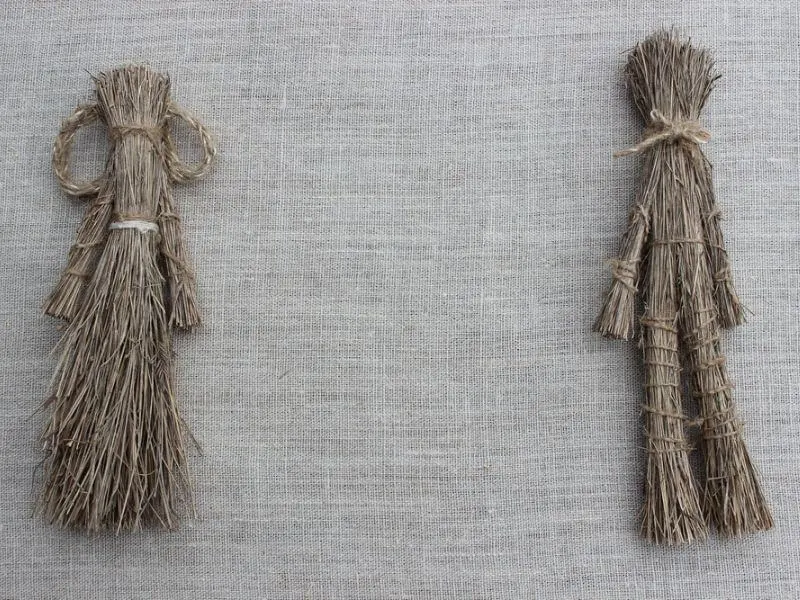
In addition to the ones already mentioned, corn dollies are another interesting sign.
These are figures or designs made from the last sheaf of the harvest.
They are often decorated to look like dolls and represent the grain goddess.
This symbol goes back to ancient paganism, when people thought that the corn dolly held the spirit of the grain.
It was kept safe all winter and planted in the first furrow that was plowed in the spring to make sure there would be a good harvest the next year.
The Irish Goddess Brigid is also associated with such dolls.
Straw Brídeóg dolls have been traditionally created to mark Imbolc, the festival at the start of spring, which Brigid is deeply connected with.
The Sickle
Another powerful Lughnasadh symbol is the sickle, which is used to harvest crops.
It reminds us that we get what we sow, both literally when we harvest crops and figuratively when we think about how we have grown and what we have accomplished.
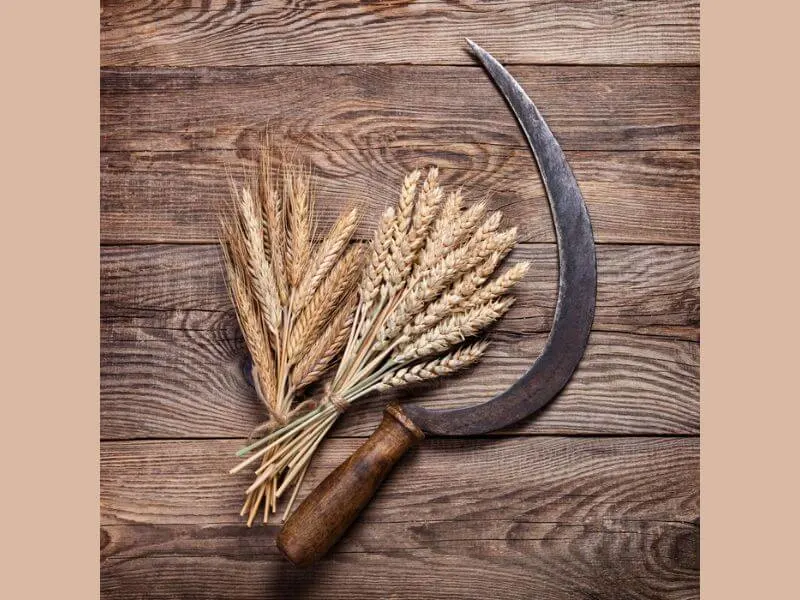
Lughnasadh Traditions and Rituals
The ancient and modern Lughnasadh customs and rituals are all about celebrating the abundance of the Earth.
Furthermore, it also celebrates the spirit of community that comes with the harvest season.
Here are some of the old traditions that you can use in your own Lughnasadh rituals.
Making and Sharing Bread
It is understandable why baking and sharing bread are important parts of Lughnasadh celebrations given that grain and bread are important symbols of the holiday.
The bread made from the first grain harvest was traditionally a sign of the hard work of the community.
You can still enjoy this tradition by baking your own bread at home with whatever grain grows in your area.
Sharing this bread with family, friends, or a local shelter is a great way to spread the sense of community and gratitude that this festival is all about.
Hosting Athletic Games
Lughnasadh has a long history of games and celebrations.
This festival is called “Lugh’s Day” because it is named after the god Lugh, who held funeral games in honor of his foster mother Tailtiu.
She is the person who the games are named after. There are several name variaitons for these games including Tailteann Games and the Assembly of Talti.
Communities still get together to watch or take part in different games and competitions, keeping this tradition alive.
Today, you can honor this tradition by setting up a friendly match, race, or game in your local park or backyard.
Climbing Sacred Hills and Mountains
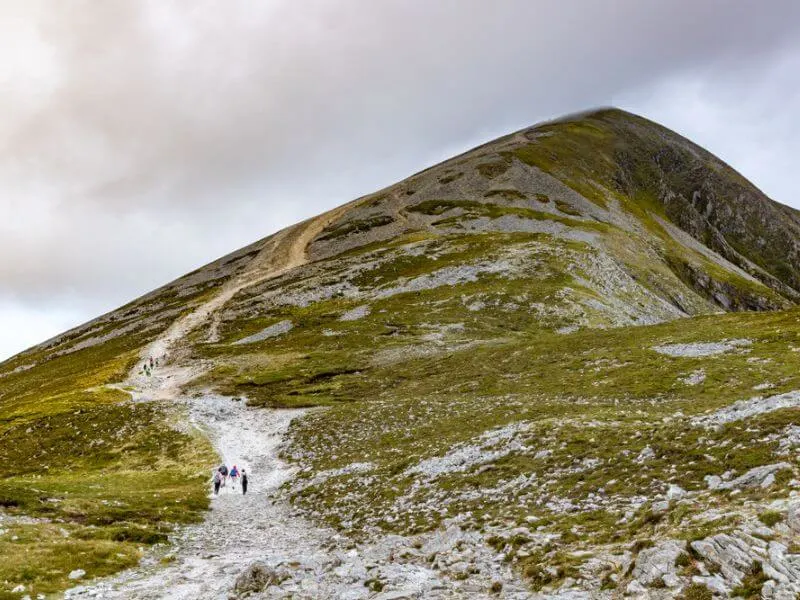
Climbing hills or mountains is a sacred Lughnasadh ritual.
For example, taking part in a pilgrimage to Croagh Patrick on Reek Sunday (the last Sunday in July) is still a very popular event.
The climb is a reflection of how hard farming is and how the harvest is a reward for all the hard work.
Even if you can not make it to Croagh Patrick, you can still take part in this ritual by hiking a nearby hill or mountain or just taking a mindful walk in nature.
Handfasting
In the past, Lughnasadh was a popular time for handfasting, which was a way for ancient Celtic people to get engaged or get married.
Handfasting was a way for a couple to show that they were getting married by physically tying their hands together.

Even if you do not want to get married, you can still show commitment and unity in your own way.
For example, you could renew your vows with your partner or set goals with a friend or family member.
Alternatively, you could also share an Irish wedding or marriage blessing with them.
Honoring Lugh and Tailtiu
Lugh and his foster mother Tailtiu were very important to the story of how Lughnasadh came to be, so it is traditional to honor them during this festival.
You could set up an altar with symbols related to them, spend some time thinking about their stories and the ideas they represent.
Creating your own altar to mark the occasion can be a great idea. You can get some inspiration about how to do this based on some of the rituals for Beltane, the Celtic festival to mark the start of summer.
Alternatively, you could do creative things like writing or crafting as a tribute to Lugh’s skill in arts and crafts.
Participating in Modern Festivals
Modern versions of Lughnasadh, like the Puck Fair in Ireland or different Wiccan gatherings, are another way to experience and take part in the rich traditions of this festival.
Most of the time, there is music, dancing, a market, and lots of food and drinks.
Personal Reflection
Lastly, like any other sabbat, Lughnasadh is a time to think about yourself.
It is a chance to think about what you have “harvested” in your life over the past year, to celebrate your successes and learn from your mistakes.
You can do this by writing in a journal, meditating, or even going for a quiet walk in nature.
Happy Lughnasadh – Pagan Lughnasadh Blessings
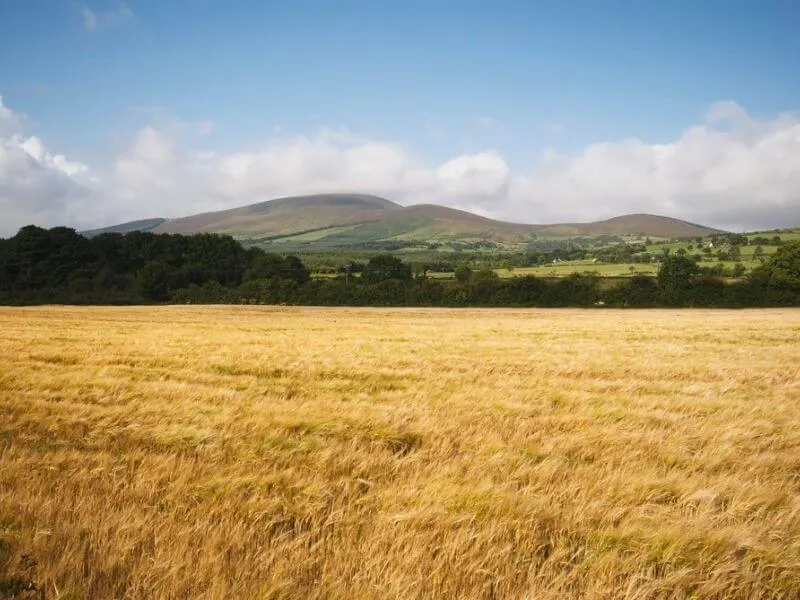
“Lughnasadh Blessings” is a phrase you might hear when Lughnasadh comes around.
During this harvest festival, it is a way for Pagan and Wiccan people to wish each other well.
Why not write cards by hand to wish your friends and family a happy Lughnasadh?
It is a nice way to make sure everyone can take part in the harvest celebrations.
Some of the most fitting Lughnasadh blessings include:
May your harvest be plentiful,
Your barns full, and your heart joyful.
May the season of Lughnasadh
Bring you blessings of abundance and prosperity.
May the sun’s rays shine brightest on your fields.
May your harvest be bountiful, and your storage overflowing.
Blessed be this Lughnasadh.
Blessings upon you and your hearth on this Lughnasadh Day.
May the energy of the Earth and the bounty of the Harvest
Strengthen and nourish you in the year to come.
In honor of Lugh,
The master of arts,
May your creativity
Flow like the ripe grains
Falling from the stalk.
Blessings on this Lughnasadh day.
If you are keen on more Lughnasadh sayings and blessings, check out our Lughnasadh Blessing Guide.
How to celebrate Lughnasadh?
Lughnasadh is a beautiful way to honor the turning of the year’s wheel, the harvest’s bounty, and our ancient roots.
But how can you use this ancient festival in your modern life?
Here are some Lughnasadh celebration ideas so that you can celebrate Lughnasadh in your own way, no matter where you are.
Bake Bread and Share Bread
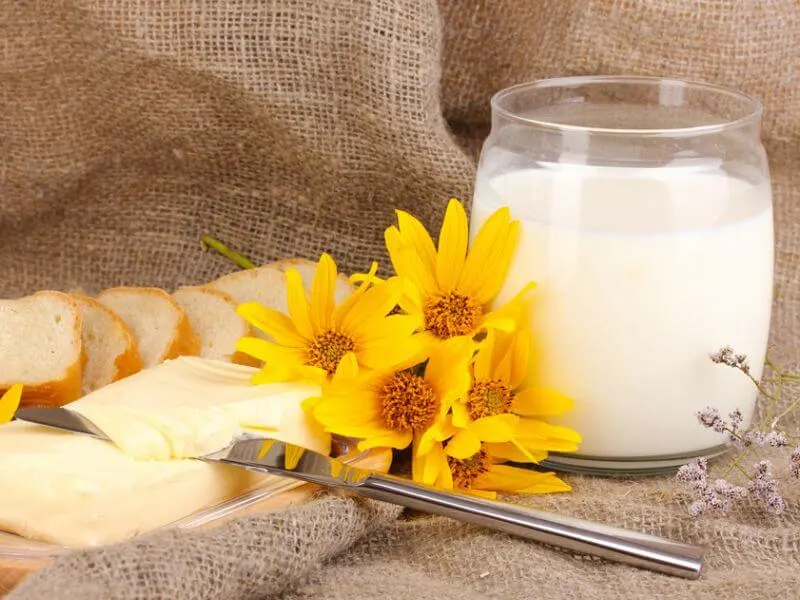
Baking bread during Lughnasadh is both a nod to the festival’s roots (Lammas, another name for Lughnasadh, means “loaf mass”) and a way to feel connected to the harvest.
Get some local grains and give making bread a try.
You can feel the change in your hands as you turn raw grain into dough and then into a golden loaf.
Sharing this bread with family or friends makes the party last longer and reminds us of how harvest time is all about coming together.
Visit a Local Farm or Farmers’ Market
Lughnasadh is a great time to visit a local farm or farmers’ market.
It is a way to see the harvest firsthand, understand how hard our food is made, and help local farmers.
Plus, with all the fresh food around, you might get ideas for your Lughnasadh meals.
Engage in a Lughnasadh Ritual
Taking part in a Lughnasadh ritual can be a powerful way to connect with the earth.
This could be as big as a ceremony with friends or family, or it could be as simple as lighting a candle to represent the sun.
You could also make a corn doll, build an altar to honor the harvest, or do a gratitude ritual to show your appreciation for what nature has given you.
Reflect on Personal Harvests
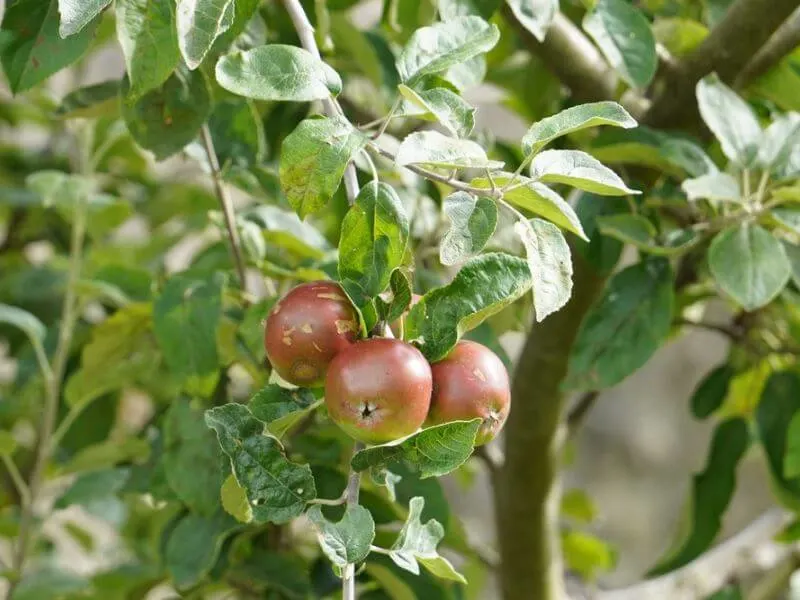
Lughnasadh is a time to think about your own “harvests”, just as it is the time of the grain harvest.
What have you done or what have you learned in the last year?
What are you happy about?
You might want to write these thoughts down or talk about them with people you care about over a meal.
Get Active
Get your body moving to honor the ancient Olympic games that were held during Lughnasadh.
This could be anything from planning a sports game with friends to just going for a walk in the woods.
The goal is to celebrate life and vitality, just like Lugh did in honor of his foster mother Tailtiu.
Try a New Recipe
Along the lines of the theme of plenty, why not try a new recipe?
Use the fresh fruits and vegetables that are available at this time of year.
It could be a dish with wheat or corn or a dessert made from the first fruits of the season.
Attend a Festival
If you can find a Lughnasadh festival, like the Puck Fair in Ireland, it can be a memorable experience to go.
Lughnasadh is a great time to celebrate history, culture, community, and, of course, food and drink.
Lughnasadh Colors
Lughnasadh is connected to the harvest colors of gold, orange, and green.
These colors are often used in decorations, clothes, and rituals that mean something.
Lughnasadh God
Lugh, the Celtic god associated with arts, crafts, and light, is the figure central to Lughnasadh.
Myth says that he held a festival to honor his foster mother Tailtiu, who died after clearing the land of Ireland until she was too tired.
Lughnasadh Foods
It wouldn’t be a harvest festival without mouth-watering food, would it?
Traditional Lughnasadh foods include freshly baked bread, corn, and other dishes made from the first harvest’s crops.
Lughnasadh Recipes
If you want to try something new in the kitchen, why not give some traditional Lughnasadh recipes a try?
Freshly baked bread is always a good choice, but you can also get creative with the first fruits and grains of the season.
Discover more about Lughnasadh
If this got you interested in Lughnasadh, there is a lot more to learn!
Check out books from the Oxford University Press or read some modern Irish books to learn more about this time-honored tradition.
Lughnasadh FAQs
What is the Puck Fair?
The Puck Fair is an ancient Irish festival that happens at the same time as Lughnasadh.
In Killorglin, which is one of the towns on the Ring of Kerry, a wild goat is crowned king.
This questionable tradition is one that dates back to pagan festivals.
It is still ongoing today and is a controversial topic with much debate about the individual goat’s welfare.
Is Lughnasadh a Pagan holiday?
Yes, many people in the Pagan and Wiccan communities know about and celebrate Lughnasadh.
In the Wheel of the Year, it is one of the eight most important Sabbats.
Are Lammas and Lughnasadh the same celebration?
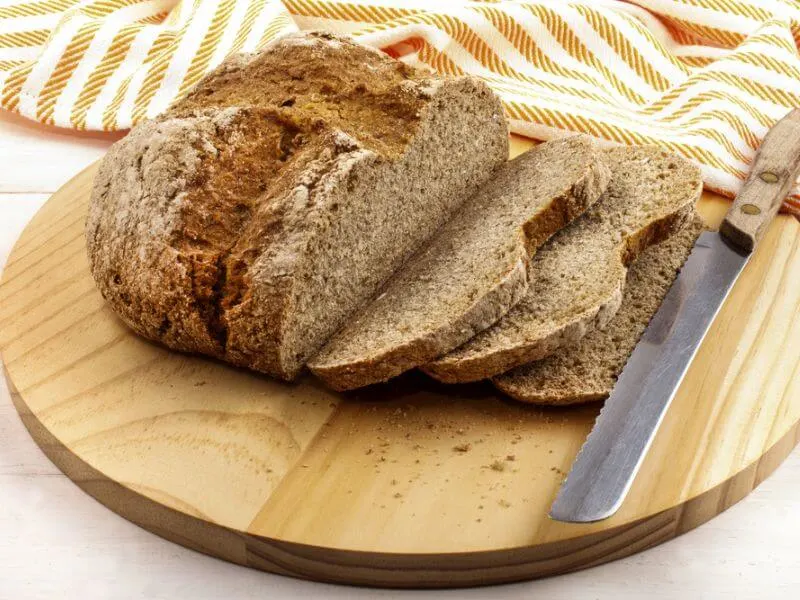
Yes, both Lammas and Lughnasadh mean the same holiday. “Lughnasadh” is Irish Gaelic, and it is a holiday that honors Tailtiu, the foster mother of the Celtic god Lugh.
A Christian festival celebrating the first grain harvest, “Lammas” means “loaf mass”.
In neo-pagan groups like Wicca, these terms are often used interchangeably because they both refer to events on August 1.
Who is Crom Dubh?
In Irish mythology, Lughnasadh is linked to a figure named Crom Dubh.
People often think of him as a mean and greedy chief who gives the grain to the people at Lughnasadh with a sigh.
Is Lughnasadh a national Holiday in Ireland?
The first Monday in August (in Irish Lá Saoire i mí Lúnasa) corresponds with Lughnasadh, which usually takes place on August 1st, and is officially a public holiday in Ireland.
Lughnasadh for You
Lughnasadh is a great chance to get in touch with our ancient roots, enjoy the changing seasons, and celebrate the earth’s bounty.
Taking a moment to appreciate the harvest helps us stay grounded and grateful no matter where we are in the world.
So, as the grain ripens and summer winds down, let us enjoy the simple rituals and delicious tastes of this time-honored tradition.
Happy Lughnasadh to everyone!
